Mathematical Modelling in Animal Nutrition Table of Contents:
- Introduction
- Linear Models for Determining Digestibility
- Non-linear Functions in Animal Nutrition
- Interesting Simple Dynamic Growth Models
- The Dilemma in Models of Intake Regulation: Mechanistic or Empirical
- Models to Measure and Interpret Exchange of Metabolites Across the Capillary Bed of Intact Organs
- Modelling Protozoal Metabolism and Volatile Fatty Acid Production in the Rumen
- Modelling Methane Emissions from Farm Livestock
- Supporting Measurements Required for Evaluation of Greenhouse Gas Emission Models for Enteric Fermentation and Stored Animal Manure
- Data Capture: Development of a Mobile Open-circuit Ventilated Hood System for Measuring Real-time Gaseous Emissions in Cattle
- Efficiency of Amino Acid Utilization in Simple-stomached Animals and Humans – a Modelling Approach
- Compartmental Models of Protein Turnover to Resolve Isotope Dilution Data
Assessment of Protein and Amino Acid Requirements in Adult Mammals, with Specific Focus on Cats, Dogs and Rabbits
- Mathematical Representation of the Partitioning of Retained Energy in the Growing Pig
- Aspects of Energy Metabolism and Energy Partitioning in Broiler Chickens
- Modelling Phosphorus Metabolism
- Methodological Considerations for Measuring Phosphorus Utilization in Pigs
- The Prediction of the Consequences of Pathogen Challenges on the Performance of Growing Pigs
- Factors Regulating Feed Efficiency and Nutrient Utilization in Beef Cattle
- Models of Nutrient Utilization by Fish and Potential Applications for Fish Culture Operations
- Integrated Approaches to Evaluate Nutritional Strategies for Dairy Cows
- Modelling Lactation Potential in an Animal Model
- The Diary of Molly
- Modelling Sugarcane Utilization by Dairy Cows in the Tropics
- Simulation Exercises for Animal Science MSc Students: Rumen Digestion and Pig Growth
Index
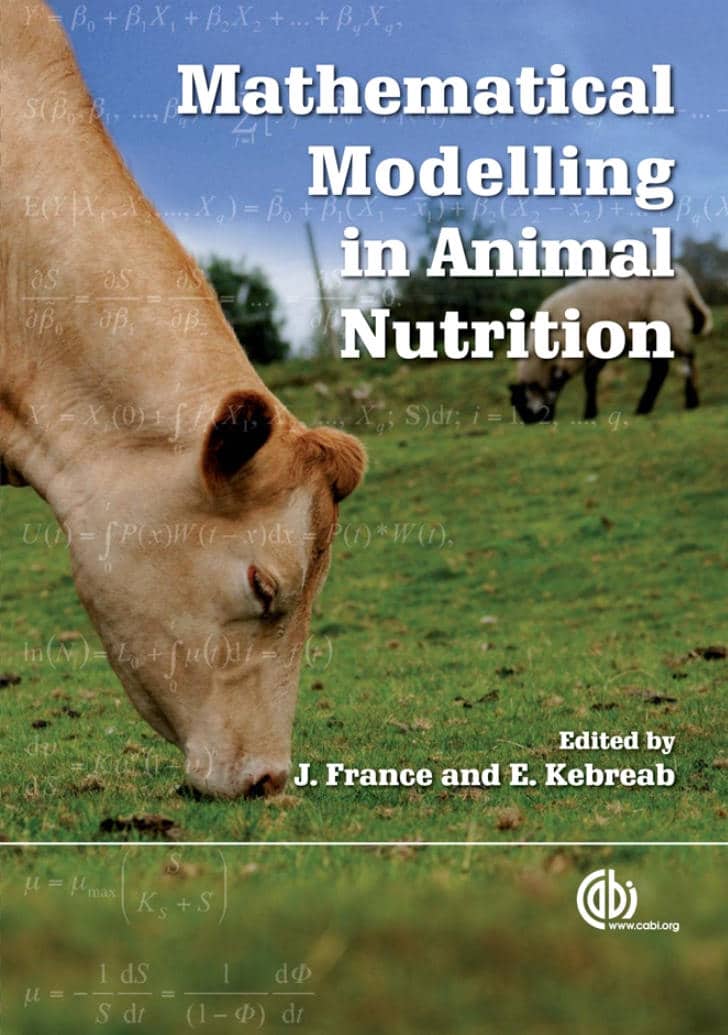



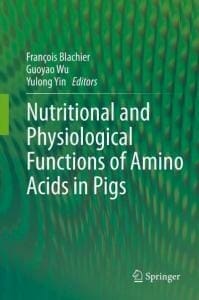

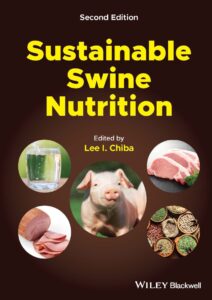

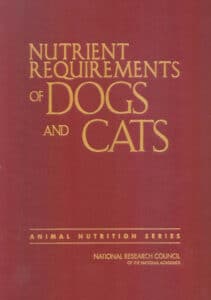
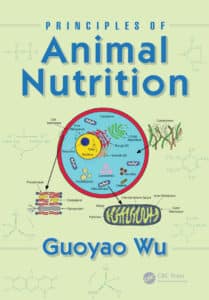






![Ettinger’s Textbook of Veterinary Internal Medicine 9th Edition [PDF+Videos] Ettinger’s Textbook of Veterinary Internal Medicine 9th Edition [True PDF+Videos]](https://www.vet-ebooks.com/wp-content/uploads/2024/10/ettingers-textbook-of-veterinary-internal-medicine-9th-edition-100x70.jpg)

![Textbook of Veterinary Diagnostic Radiology 8th Edition [PDF+Videos+Quizzes] Thrall’s Textbook of Veterinary Diagnostic Radiology, 8th edition PDF](https://www.vet-ebooks.com/wp-content/uploads/2019/09/textbook-of-veterinary-diagnostic-radiology-8th-edition-100x70.jpg)






